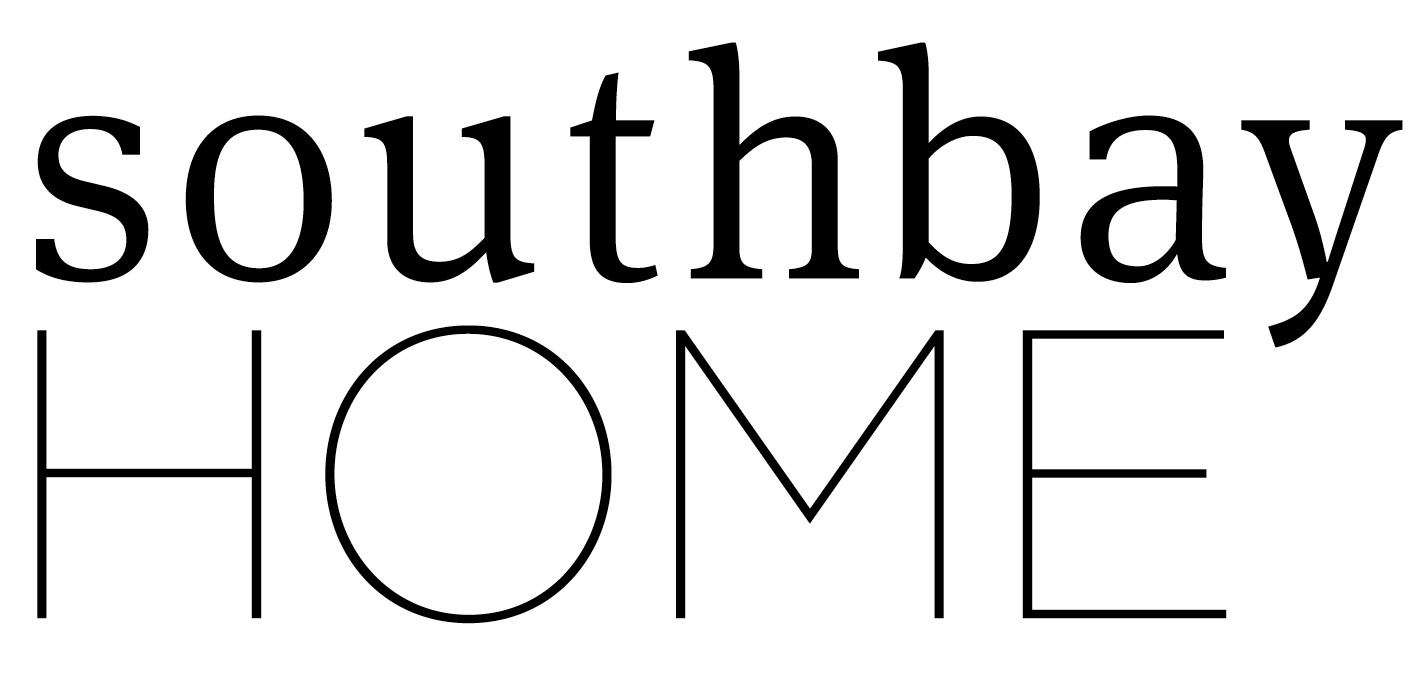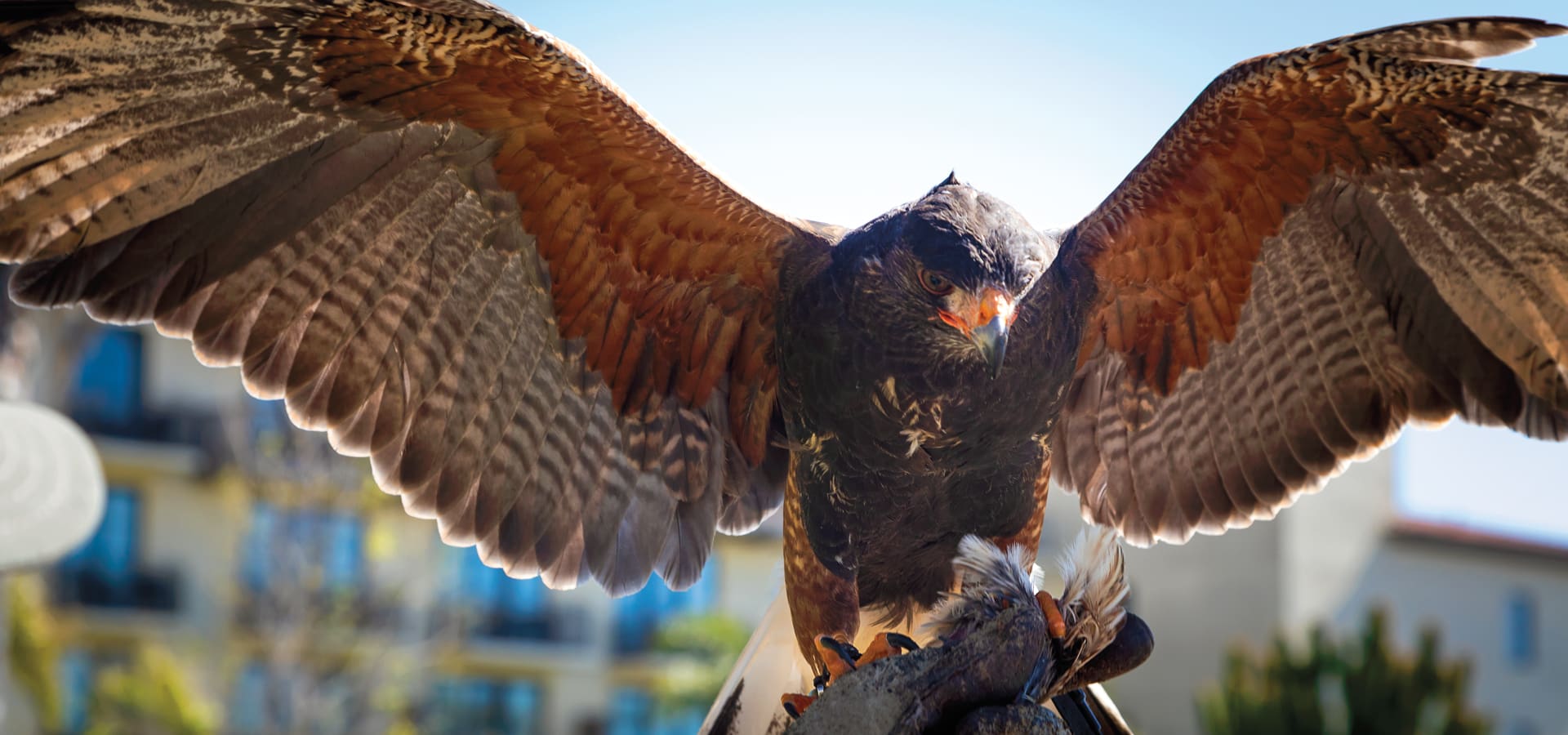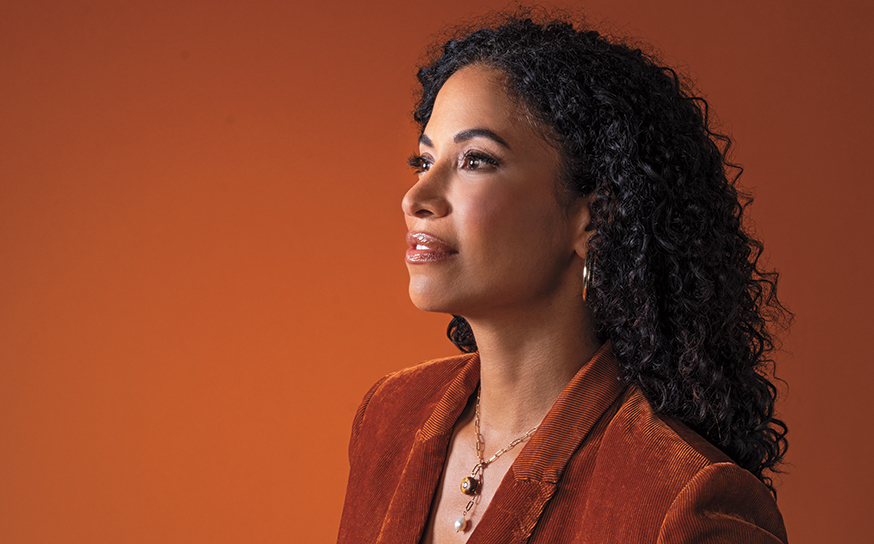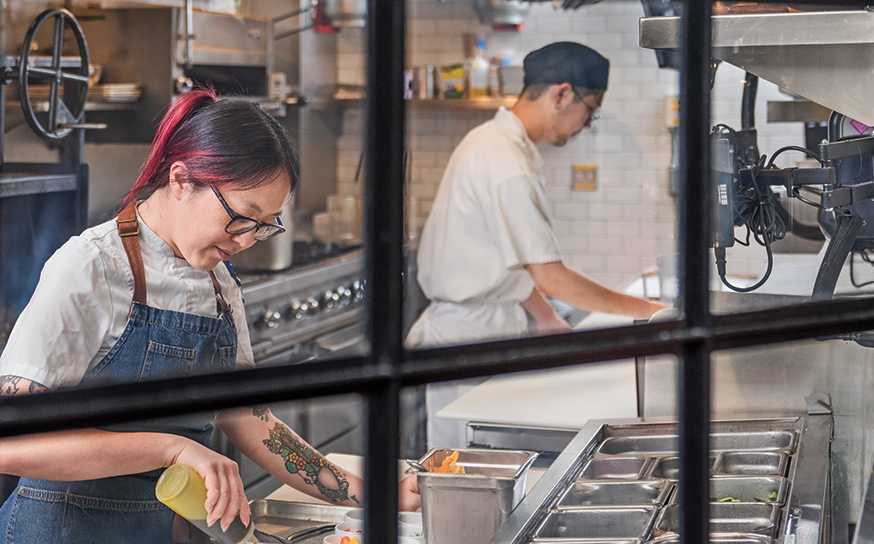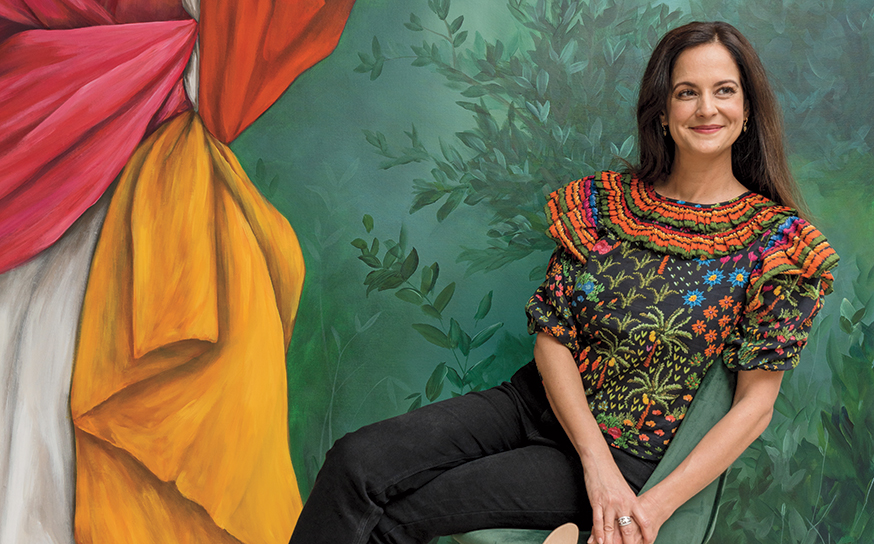How Terranea protects its precious flora and fauna for generations to come
Creatures of habitat.
- CategoryPeople
- Written byAmber Klinck
- Photographed byJeff Berting
The air is uncommonly rich with moisture, and the plant life on the Peninsula is grateful for it. Verdant leaves and vibrant blooms line the walking trails at Terranea. The scent of fresh rosemary, coastal sage and the sweet aroma of natal plum vie for your attention.
Standing near the trail’s edge overlooking the Pacific, Lauren Bergloff gestures to the pelicans floating overhead and smiles. There was a time these birds were endangered, their numbers deeply depressed due to the pesticide DDT. “After the pesticide was made illegal the pelican numbers started coming back, and now we see them every day,” she says.
Lauren is the sustainability leader at Terranea. She is friendly with an infinite amount of knowledge and respect for her
Southern California surroundings. She beams when she talks about the wildlife on the property, detailing their characteristics—colors, scents, textures—with a fond appreciation.
Her favorite scent emits from coastal sage. “It smells like a spa,” she says. The color is mint-like … soft and delicate to the touch due to the rain. In the fall it will take on a different texture.
One of her favorite words is crepuscular. She points this out as she explains that the cottontail bunnies found on the resort are most active during dawn and dusk.
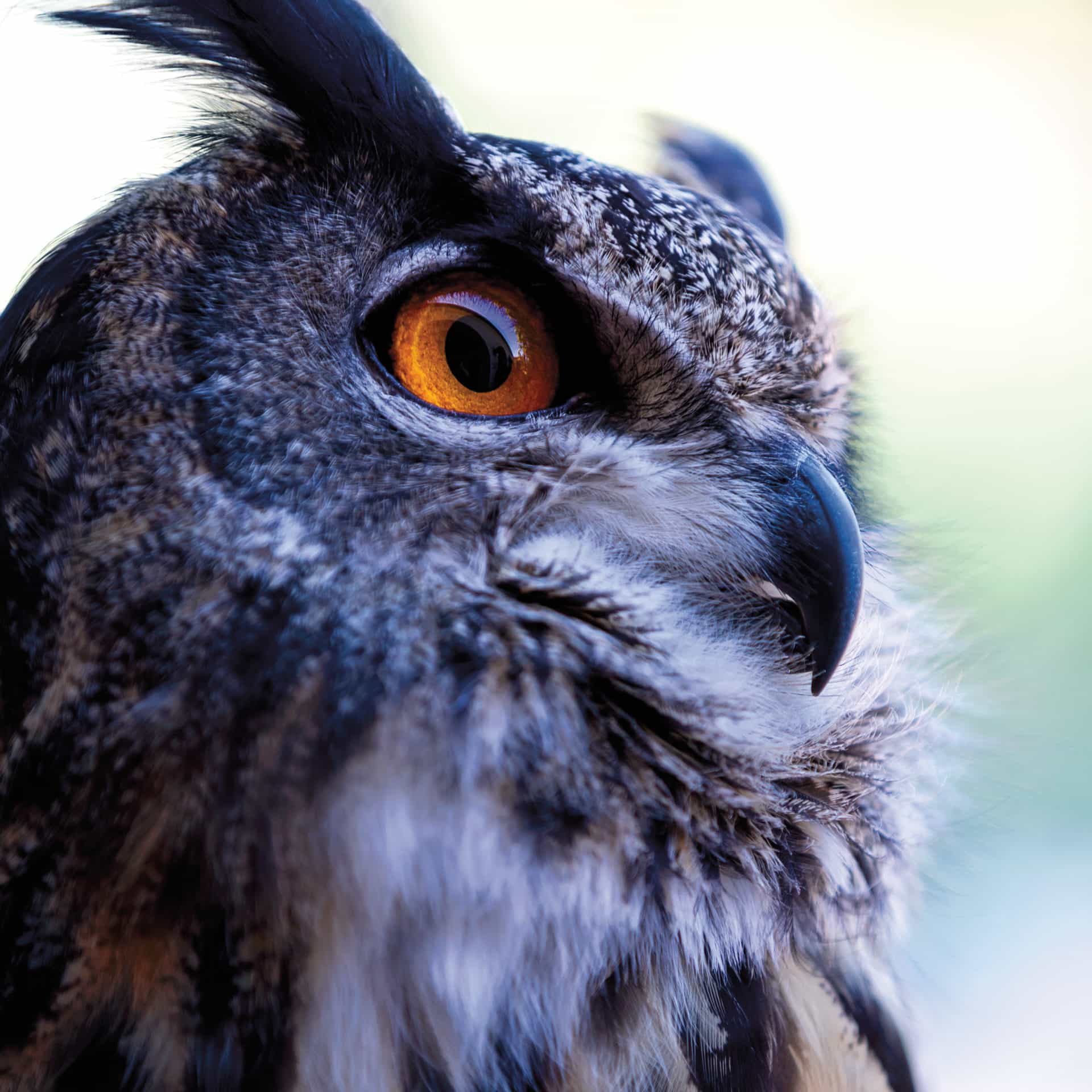
She even has a favorite succulent: the Zwartkop. The contrast between the Zwartkop’s brilliant yellow bloom and its deep purple leaves is striking. They proudly posture their beauty—despite requiring minimal care to flourish.
Terranea is filled with these juxtapositions. It is beauty paired with sustainability. Its design is effortless yet meticulously mindful. Out of the resort’s 102 acres, 75% of the property is greenspace, with 12 acres of restored native habitat.
From its origin, Terranea has partnered with the Palos Verdes Peninsula Land Conservancy. “All of these native plants are from them,” Lauren says. “A drip irrigation system was [introduced] to make sure the plants were established, but now that they are— and because they’re native plants—there’s no need to water them.”
Re-establishing some of the Peninsula’s native greenery is not only environmentally conscious and esthetically pleasing; it’s enabled dwindling populations of wildlife to thrive. The El Segundo blue butterfly is tiny and delicate. Its wings flaunt a dusty blue hue when open, a soft grey with a touch of orange when closed.
A federally endangered species, the El Segundo blue butterfly can only be found in the South Bay. Terranea’s cultivation of the coast buckwheat, a plant the El Segundo blue needs to survive, has successfully attracted the butterfly to the property—
contributing to its survival.
Not all of the plants at Terranea are native. The three species of hummingbirds found on the Peninsula—the Rufous, the Allen’s and the Anna’s—flirt with the flowers blooming from the birds of paradise. The coral trees that remained after the 1986 closure of Marineland of the Pacific—a seaside animal
theme park that once resided on the grounds—were salvaged and redistributed around the resort. When in bloom, the trees fill with vibrant coral-colored flowers.
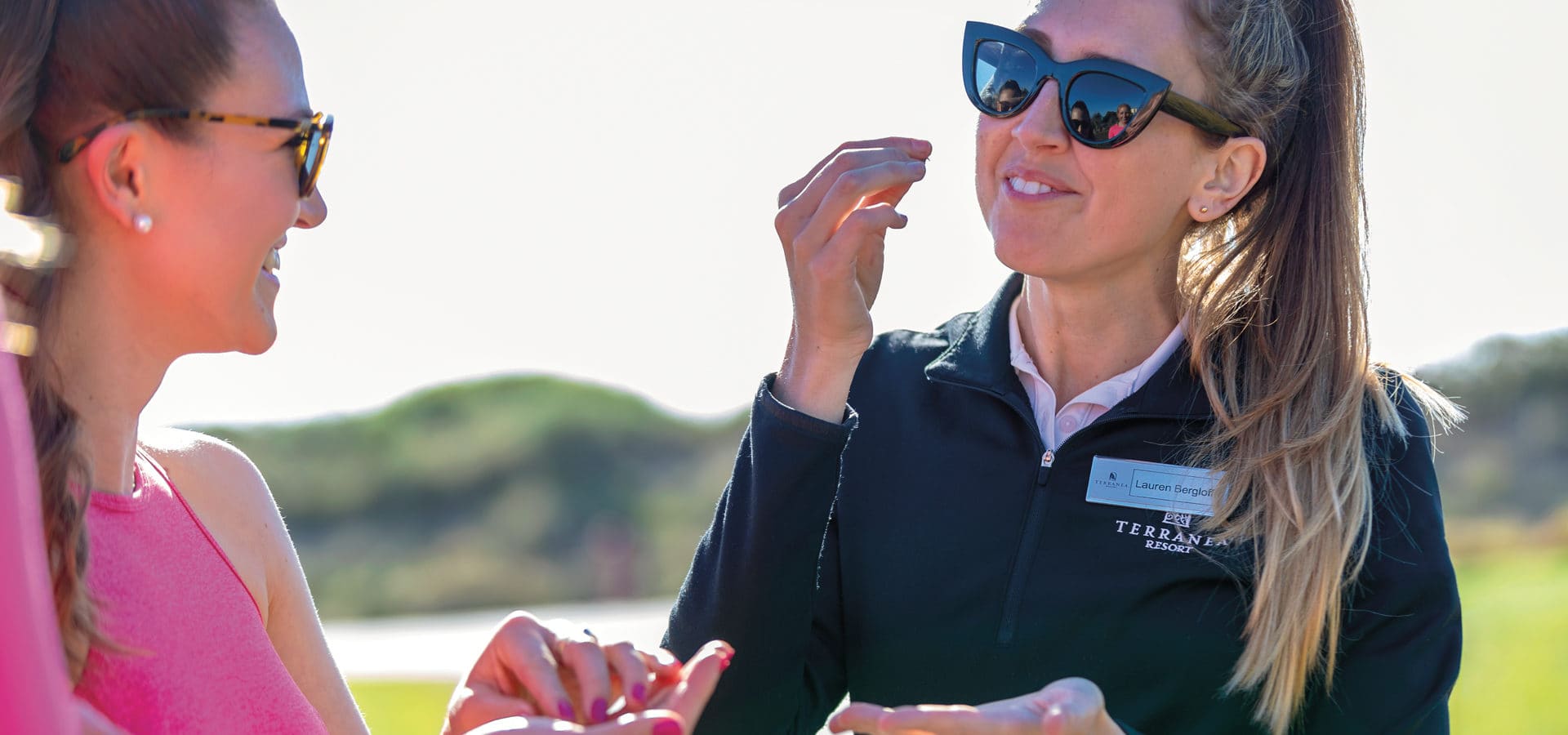
But while not every plant has Californian roots, the climate of their origin mirrors that of the Peninsula, minimizing their imprint on the resort’s resources. “There are not a lot of places [in Los Angeles] that aren’t developed,” Lauren says. “We’re trying to bring plants back that will help the native species.”
As the California bush sunflower starts to bloom, the region ignites with yellow blossoms, and it becomes clear that we too benefit from Terranea’s preservation efforts. There is a sense of tranquility that ensues—an inherent feeling of balance that arises when surrounded by such natural beauty.
And it’s not exclusive. The hiking trails on the Peninsula are open to the public; Lauren leads daily 10 a.m. nature walks for anyone looking to learn more about the flora and fauna that surrounds them. Additional education opportunities are available through the resort’s falconry program and guided coastal walks.
Joe Roy III drapes a towel over the large glass plaque located near an open area of the resort. “He might come through at speed,” he says. “We’ll see what happens.”
He has one of his male falcons, Shaman, flying high above the resort. “He’s one of my favorite birds to fly here. He’s super-visual.”
High over our heads, Joe spots Shaman—a mere speck in the sky. Holding a small leather bag, roughly the size of a human’s fist and attached to a long strap, Joe begins to whip the bag in large circular motions. Shaman sees this and in a flash darts toward the sea. At least it appears so, until with great speed he makes his descent—landing on Joe’s arm with complete control.
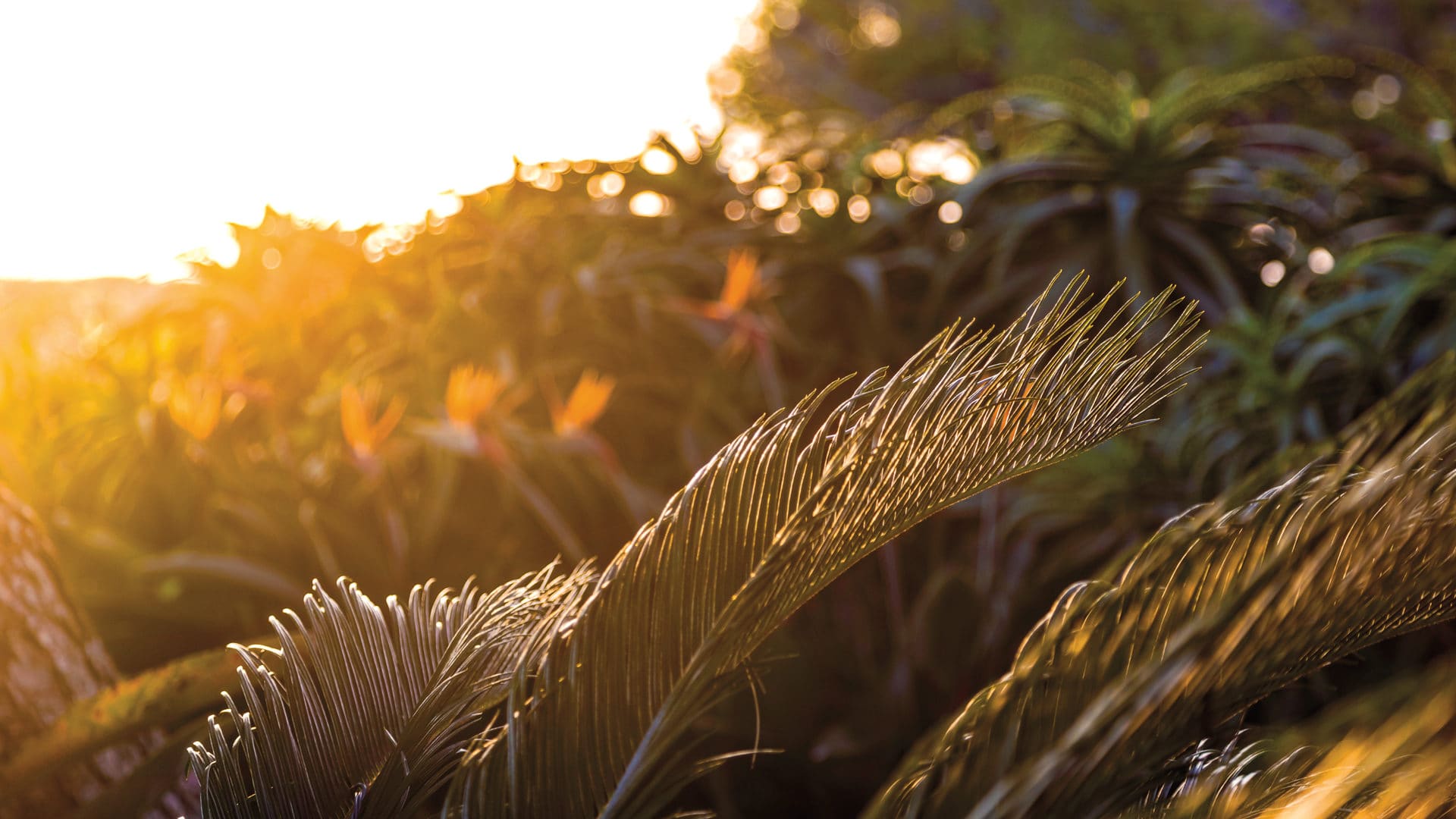
The experience is humbling … the power of this bird of prey on full display. He is beautiful and curiously exciting to watch, but Shaman too plays an important role at Terranea. He is a working bird.
“It’s all about ecology,” Joe points out. “We didn’t always understand the role predators played. We frankly thought they were kind of extraneous. Eventually we began to understand predators play a more instrumental role in this whole balance thing.”
Joe has been working with birds for roughly 40 years; he was fortunate to discover his passion early on in his childhood. With his English pointer, Henry, by his side, Joe has been flying his predatory birds over the Peninsula for the past four years.
Before falconry came to Terranea, the area was highly colonized by seagulls. As a protected migratory species, falconry was introduced to remedy the area’s abundance of gulls by incorporating the intimidation of a predator native to the area.
But the role of Joe and his birds has evolved. The presence of these stunning creatures patrolling the resort is captivating. When people see them they flock to Joe, peppering him with questions about his extraordinary animals. And Joe, with his wealth of knowledge, is filled with answers.
These are animals with speeds of 70 to 100 miles per hour on a flat plain. They’ve been clocked at 242 miles per hour on a vertical dive. Everything about these birds evokes a sense of wonder and certainly a deep respect. And Joe’s relationship with them enables him to offer the rest of us a glimpse into their world.
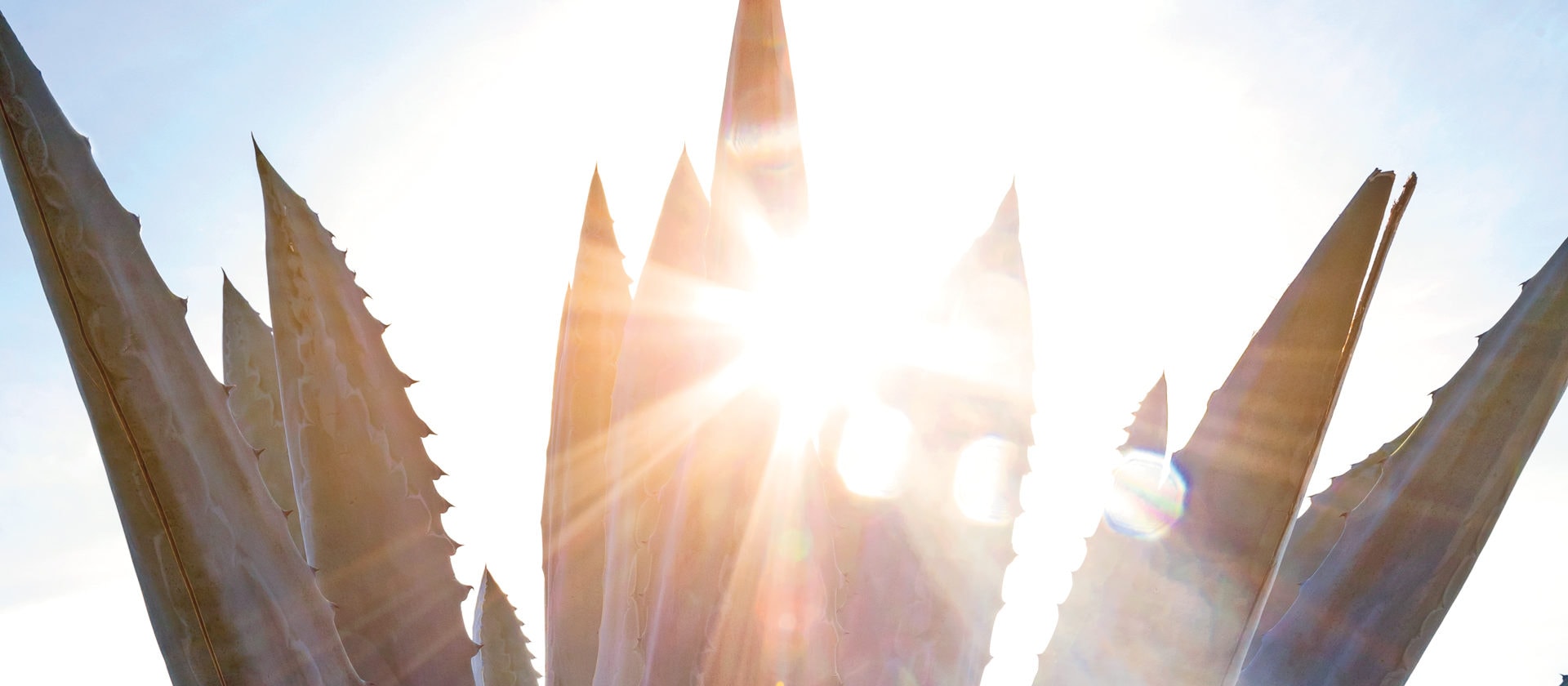
“At 11 a.m. I do a bird show here,” Joe says. “Anybody that wants to show up can come and learn more about the birds.” Joe also offers an hour-long intimate falconry experience for those who are looking for a more in-depth encounter.
Owlbert, another one of Joe’s birds, is a Eurasian eagle owl. Joe doesn’t hunt with Owlbert; his role is purely educational. The relationship Joe has with his falcons is professional and cordial, built on respect. He has affection for them, but the feeling is not mutual. They trust him, and that is good enough for Joe.
Owlbert is different. He was 18 days old when he came to live with Joe. “He is an imprint of mine,” Joe says. “Imprinting makes them super-tame and affectionate, but it also makes them kind of vulnerable.”
With Owlbert perched on his arm, Joe points out that the glove he’s wearing in reality offers little protection from the bird’s large talons. “The strength of the owl is formidable. This [glove] is elk; he could drill through this like warm butter. You’d be shocked if you knew how strong these feet are.”
The feathers of an owl are soft. “Softer equals sound reduction,” Joe explains. “This is ambush predation. Once they get their talons locked on, getting away is unlikely.”
As Joe describes the power of the bird resting on his arm, Owlbert’s large orange eyes are locked on mine. He seems pleased as Joe lists his accolades, and I am grateful to not be on his menu. Before I leave Joe asks if I’d like to take a selfie with Owlbert, and of course I do.




